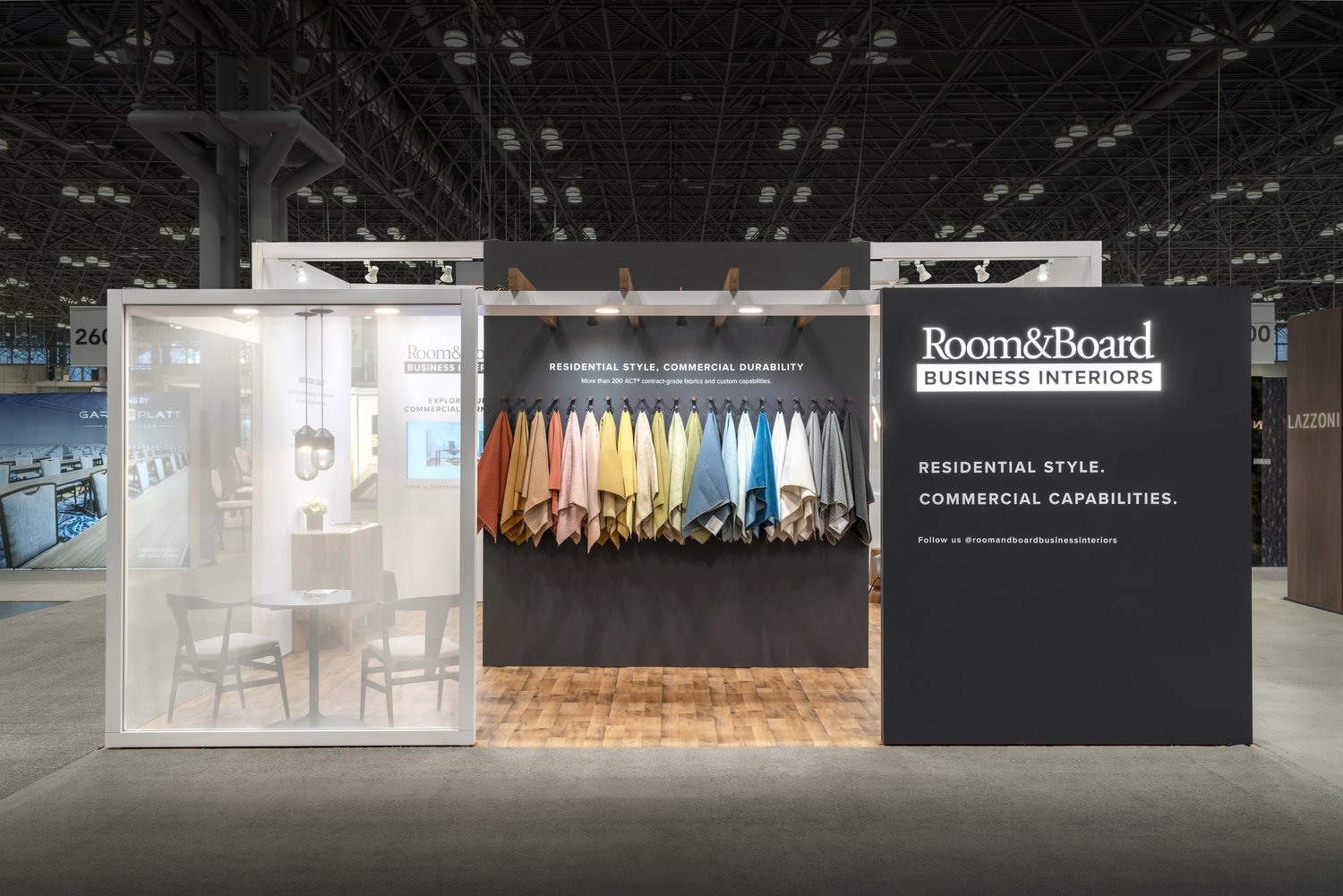Remember when you could tell the difference between a B2B vs B2C marketing campaign within seconds? Those days are rapidly disappearing—and that’s thrilling news for innovative marketers.
The Great Marketing Convergence
Historically, B2B and B2C marketing existed in separate universes. B2B marketing strategy communications were rational, feature-focused, and frankly, often boring. B2C campaigns were emotional, lifestyle-driven, and designed to captivate. One spoke to the logical business mind; the other to the emotional consumer heart.
But something fascinating has happened: the human beings making purchasing decisions in both realms have started demanding the same thing—authentic, meaningful experiences.
Why? Because the executive decision maker reviewing a $50,000 software purchase at work is the same person who meticulously researches reviews before buying a $50 pair of headphones at home. The professional persona never fully disconnects from the consumer one.
The Human Truth Behind Every Transaction
Many of us have experienced those uninspiring B2B presentations that test the limits of our attention spans. While we politely nod along, our minds wander to more engaging thoughts. Meanwhile, B2C marketers have been perfecting the art of emotional connection, creating messages that resonate with their target audiences on a personal level.
Smart B2B marketers are now adopting these emotional intelligence strategies. They’ve recognized that behind every corporate purchase lies a human being with:
- Career aspirations that your solution might help fulfill
- Professional fears that your product might alleviate
- Personal biases that influence supposedly “objective” business decisions
As one procurement director recently confided: “I’m supposed to make decisions based purely on ROI and specifications. But if I’m choosing between two similar offerings, I’ll go with the company that made me feel understood and valued every time.”
Authenticity: No Longer Optional in Either Realm
Today’s buyers are professional skeptics—they can spot insincerity from miles away.
Picture this: At a recent B2B trade show, two competing tech companies took vastly different approaches. Company A stood behind their perfectly polished booth with rehearsed pitches and glossy brochures. Company B created an interactive problem-solving station where attendees could work alongside their engineers to solve real industry challenges.
Guess which company’s booth had a line wrapped around the corner?
The most successful B2B companies now document their challenges and triumphs openly on their blogs. They’re sharing behind-the-scenes content that would have been considered too “unprofessional” five years ago. And they’re being rewarded with engagement levels that promotional content could never achieve.
The Decision Journey: More Similar Than You Think
When we break down the purchase considerations for B2B and B2C buyers, the parallels become striking—and revealing. What initially appear to be distinct decision paths actually share fundamental human concerns beneath their surface differences.
B2B Decision Factors:
- Total Cost → Will this fit our budget without unexpected surprises?
- ROI Timeline → When will this investment pay for itself?
- Stakeholder Approval → Will this make me look good to my boss?
- Business Goals → Does this align with where we’re heading?
A procurement manager might justify a purchase based on detailed TCO (Total Cost of Ownership) analysis, but ultimately, they’re asking: “Is this a safe bet for my company and my career?” They need reassurance that they’re making a prudent decision that delivers value while minimizing risk.
B2C Decision Factors:
- Pricing → Can I justify spending this much?
- Need Fulfillment → Will this solve my problem or pain point?
- Functionality → Will this work the way I need it to?
- Convenience → Will this make my life easier?
Meanwhile, a consumer standing in a store aisle might appear to make quicker, more emotional decisions, but they’re still weighing value against cost—just on a more personal scale. They’re asking themselves: “Will I be happy with this purchase tomorrow, next week, and next month?”
Both journeys involve evaluating risk versus reward and seeking confidence in the decision. Both require trust in the brand making promises. And both ultimately come down to humans seeking solutions to problems, whether personal or professional.
Strip away the corporate language, and both paths lead to the same fundamental questions: “Will this solve my problem?” and “Will I regret this decision?”
The most successful marketers recognize this convergence and create campaigns that address these universal human concerns, regardless of whether they’re selling to businesses or consumers.
Experiential Marketing: Where Worlds Truly Collide
In today’s fast-paced digital landscape, individuals are inundated with an overwhelming barrage of advertisements, estimated to range between 4,000 to 10,000 ads each day. This relentless exposure to marketing messages, whether through social media, websites, television, or mobile applications, has led to a phenomenon known as “ad fatigue.” As consumers become increasingly desensitized to traditional advertising methods, the value of physical experiences has risen dramatically, transforming them into a coveted luxury for both businesses and consumers alike.
For businesses, the challenge lies in cutting through the noise of digital advertising to capture the attention of their target audience. In a world where consumers can easily scroll past or ignore ads, companies are recognizing the importance of creating memorable, immersive experiences that engage their customers on a deeper level. These experiences can take many forms, from interactive pop-up events and experiential marketing campaigns to exclusive in-store promotions and personalized customer interactions. By offering something tangible and unique, businesses can foster a stronger emotional connection with their audience, ultimately driving brand loyalty and increasing customer retention.
The trade show floor has become the B2B equivalent of the flagship retail store. It’s no longer enough to display products; you need to create immersive environments that tell your brand story through every sensory channel.
At a recent healthcare conference, one medical device company transformed their booth into a simulated operating room where surgeons could test their latest equipment in realistic scenarios. The result? They were three times more successful at generating leads than at the previous year’s event.
Similarly, brands are adopting B2C marketing strategies that move beyond traditional retail experiences. The pop-up shop that engages all five senses. The interactive billboard that responds to pedestrian movements. The branded environment that makes customers forget they’re being marketed to at all.
The Future Belongs to Experience Architects
As the lines between B2C vs B2B marketing continue to blur, one thing becomes clear: the brands that understand how to create meaningful human experiences—regardless of their target market—will dominate their industries.
The most successful campaigns of tomorrow won’t be categorized as “B2B” or “B2C” at all. They’ll simply be recognized as powerful brand experiences that resonate with human beings, whether they’re making decisions for their company or for themselves.
In this new landscape, the question isn’t whether your marketing is business-focused or consumer-focused. The question is: are you creating experiences that your audience will remember long after the interaction ends?
Because in the end, all marketing is human-to-human. And that’s the most exciting bridge of all.


